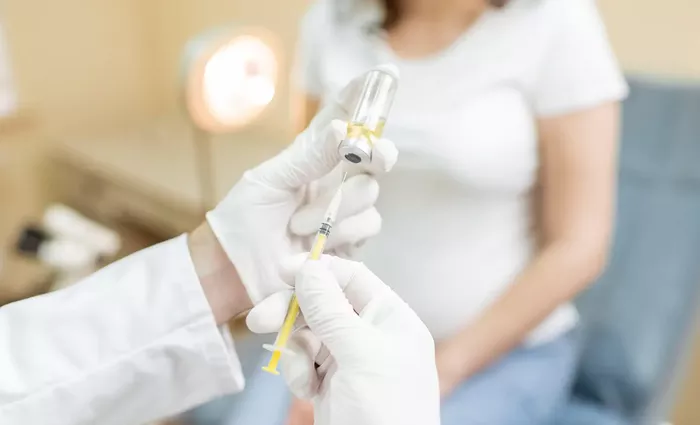New national surveillance data show that the use of maternal RSV vaccination and nirsevimab has significantly lowered hospitalization rates in infants during the 2024–2025 RSV season. The findings, published in the Morbidity and Mortality Weekly Report, reflect promising early impacts of these two new prevention tools.
Background
Respiratory syncytial virus (RSV) is a leading cause of hospitalization in U.S. infants, especially those under two months old. In 2023, two new prevention tools were introduced: a maternal RSV vaccine given during late pregnancy, and nirsevimab, a monoclonal antibody for newborns. This season marked the first widespread use of both products. Researchers analyzed hospital data to assess the population-level impact, although individual vaccination records were not available.
Study Overview
Researchers used data from two surveillance systems: the RSV-Associated Hospitalization Surveillance Network (RSV-NET) and the New Vaccine Surveillance Network (NVSN). Together, they tracked RSV-related hospitalizations in children under five years across multiple states and metropolitan areas.
They compared hospitalization rates from October 2024 to February 2025 to pre-pandemic seasons (2018–2020). Children were grouped by age: 0–7 months, 8–19 months, and 20–59 months. Rates were adjusted to account for under-testing and other confounding factors. Statistical methods included Z-tests and bootstrapping to calculate confidence intervals.
Key Findings
- Infants aged 0–7 months—the main group targeted for prevention—saw major declines in hospitalization rates.
- In RSV-NET, rates dropped by 43% (from 15.0 to 8.5 per 1,000).
- In NVSN, rates fell by 28% (from 14.8 to 10.7 per 1,000).
- The largest improvement was among infants aged 0–2 months, with up to a 71% reduction in some regions.
- By February 2025, an estimated 66% of infants were protected by vaccination or antibody therapy, up from 30% in October.
In contrast, hospitalization rates among older children (8–59 months), who were mostly ineligible for prevention, increased significantly. This indicates that the observed reductions in infants were not due to milder virus circulation but to the new interventions.
Public Health Implications
These results strongly support early and widespread use of maternal RSV vaccination and nirsevimab to reduce the RSV burden on infants and healthcare systems. The protective benefits were most clear during peak virus activity between December and February. Regions that deployed the products before virus circulation saw even greater results.
Limitations and Future Research
Because the study was ecological, it lacked individual data linking hospitalizations to specific vaccination status. It also used interim data and included regions that may not reflect national trends. Researchers call for ongoing surveillance and more detailed studies to assess long-term, equitable outcomes.
Conclusion
The 2024–2025 RSV season marked a major public health milestone. Hospitalizations among young infants dropped significantly, thanks to new maternal and infant-targeted prevention tools. As RSV continues to pose seasonal threats, early and equitable access to these interventions will be key to protecting the most vulnerable children.
Related topics:


